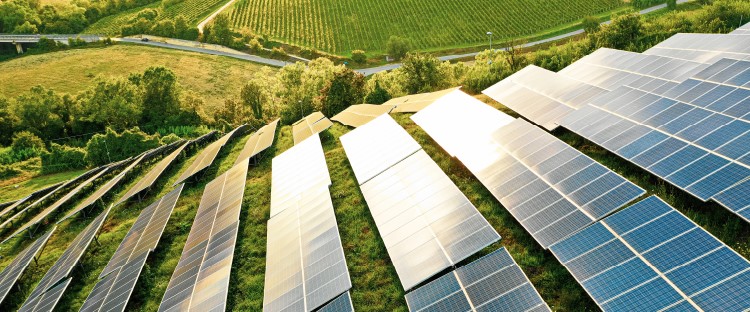Belt & Road: Opportunity & Risk
By Baker McKenzie
The Global Perspective
The Belt and Road Initiative is a historic marshalling of capital and a remarkable geopolitical foray into establishing and strengthening multinational trade corridors. It is an enterprise unlike anything we have seen on this scale for decades.
It is also not without risk for those companies that are investing in and working on BRI projects.
Those risks include foreign investment restrictions, antitrust regulations, tax, local employment and environmental laws, as well as political risks in some jurisdictions. That said, the successful execution of major infrastructure and commercial projects is still a prize worth the challenges.
When examining BRI opportunities, it is important to seek out advisors whom you can trust with local issues, and who also understand and have a well established presence in the China market. Baker McKenzie is uniquely positioned to assist organisations in capturing opportunities arising from BRI, given our unrivalled on-the-ground presence in 29 of the BRI target countries throughout Asia, Europe, Africa and the Middle East, as well as our legal platform in China, which covers both PRC and international law. We hope this report helps to spark further conversations on the BRI opportunities that may be applicable to your organisation.
The Perspective From China
China’s Belt and Road Initiative is and will continue to be the most important and impactful macro-economic undertaking in the world, for at least the next 10 years.
With an estimated US$350 billion committed to BRI projects by China by 2022, it is easy to see why. Currently there are already more than 1,700 BRI projects either completed or in development.
For those countries in South East and Central Asia, the Middle East, Eastern Africa and Eastern Europe designated as Belt and Road partners, the ability to readily fund infrastructure development is proving of huge benefit.
But this is just the beginning. As more infrastructure projects are completed, and transport and communication networks along the Belt and Road corridors strengthen, Chinese private companies will become much more active in BRI countries, in turn offering huge opportunities for local and international partners in a wide variety of sectors.
Indeed, while BRI was seen at its inception as predominantly the preserve of Chinese SOEs, funded by Chinese banks, and staffed by Chinese workers, the sheer scale and ambition of the initiative means there will be plentiful opportunities for those local and multinational companies that can work hand in hand with Chinese organisations for mutual benefit, particularly as this second wave of Chinese investment arrives.
This BRI report sets out to understand more clearly where these opportunities lie today and in the future, and also what the legal risks are for both Chinese and international companies as they tap into this momentous source of capital to create new ventures.
We hope the various forecasts and insights provided will be of value. As the law firm with the greatest presence along the Belt and Road, we also welcome any further queries you may have on supporting your BRI ambitions.
Belt and Road: What you need to know
- The Belt and Road Initiative (BRI) is a combination of two initiatives: a 21st Century Maritime Silk Road and a Silk Road Economic Belt. Both initiatives were announced by President Xi Jinping in 2013.
- BRI is also known as One Belt One Road (OBOR).
- The five major goals of the BRI are policy coordination, facilities connectivity, unimpeded trade, financial integration and people-to-people bonds.
- Existing bilateral and multilateral cooperation mechanisms will be used to accelerate the economic integration of countries along the route and support growth in trade.
- BRI is open to all countries and organisations, but, official maps and documents emphasise the importance of 60+ countries in Asia, the Middle East, Eastern Africa and Eastern Europe.
- The majority of investments so far have been in infrastructure, energy and mining, ranging from standard gauge railway in Kenya to hydropower projects in Cambodia and lignite coal deposits in Pakistan.
- The maritime “Road” will be a major opportunity for consumer and industrial firms as it accounts for 63% of the global population and 44% of its GDP, excluding China.
- The landlocked “Belt” connects two of the world’s largest economies; China and Europe. The route will emerge as a major logistics corridor and offers significant energy and mining opportunities.
- We estimate BRI projects linked to China will be worth USD 350 billion over the coming five years.
Please click to read the full report.




